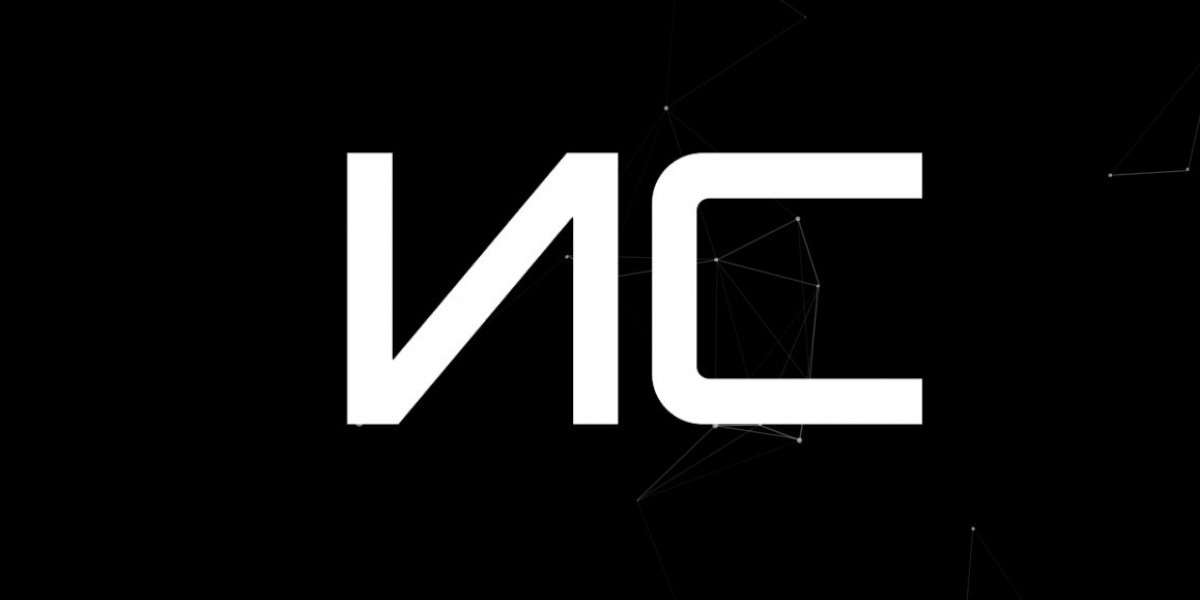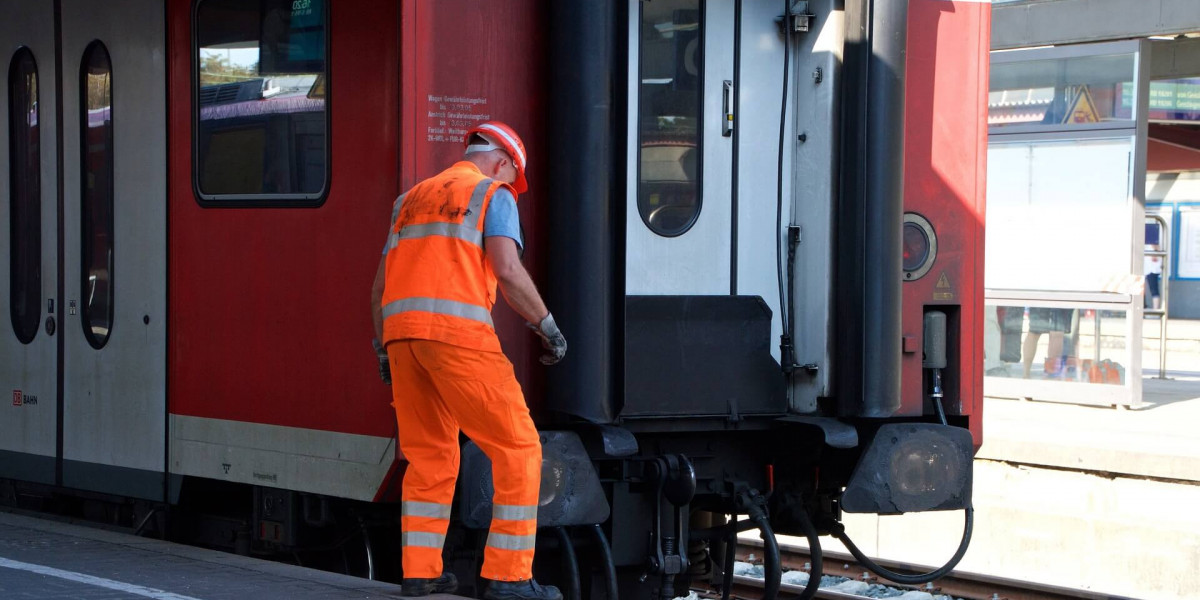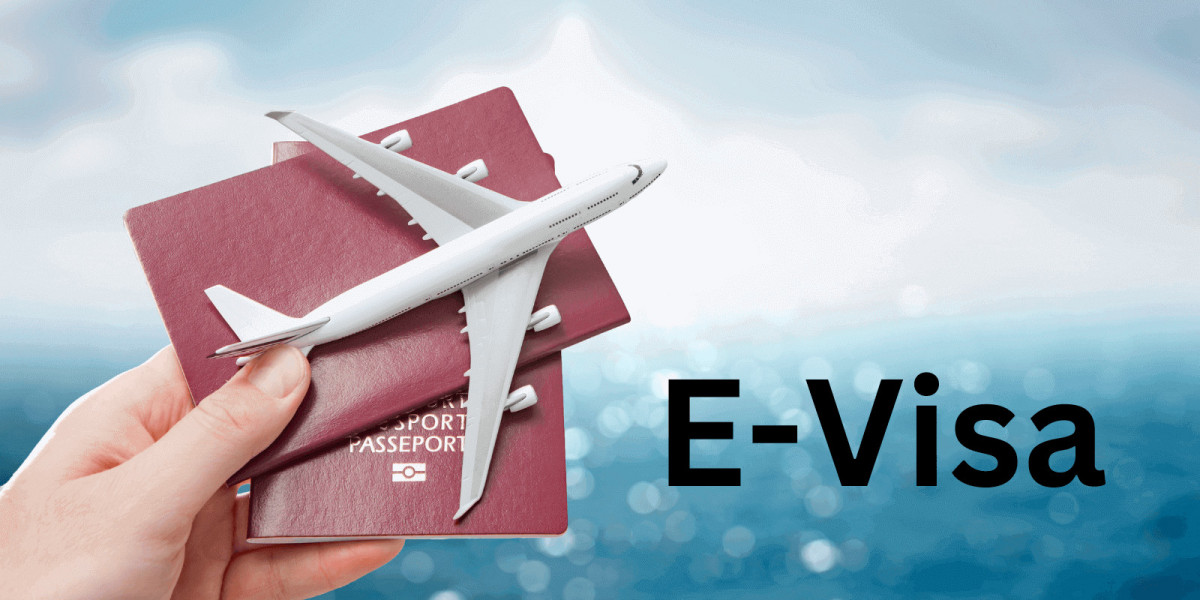The global airport stand equipment market has been experiencing steady growth due to the expansion of airport infrastructure, increasing air passenger traffic, and the growing need for operational efficiency in ground handling services. As airports continue to modernize and expand, the demand for advanced, efficient, and eco-friendly stand equipment has intensified. This article provides a detailed competition analysis of the airport stand equipment market, focusing on key players, market trends, and competitive dynamics shaping the industry.
Overview of Airport Stand Equipment
Airport stand equipment includes a wide range of ground support equipment (GSE) used at the aircraft parking stands. This encompasses passenger boarding bridges (PBBs), pre-conditioned air (PCA) units, ground power units (GPUs), aircraft towbars, chocks, and other support systems. These tools are crucial in minimizing aircraft turnaround time, improving safety, and reducing operational costs.
The increasing focus on sustainability, electrification of equipment, and smart airport initiatives are driving innovations in this sector. At the same time, the competitive landscape is becoming more complex as both established players and new entrants vie for market share.
Key Market Players
The airport stand equipment market is moderately consolidated, with a few key players holding significant market shares. Some of the leading companies include:
JBT Corporation: A dominant player in the ground support and airport equipment sector, JBT offers a wide range of solutions including passenger boarding bridges and GPUs. Their global presence and broad product portfolio give them a strong market position.
Thyssenkrupp AG (now part of TK Elevator): Known for their advanced passenger boarding bridges and innovative design, Thyssenkrupp has served numerous international airports and holds a reputation for engineering excellence.
Cavotec SA: This company specializes in electrification and automation technologies, offering integrated systems such as PCA units and in-ground utility pits that improve energy efficiency and reduce emissions.
Textron Ground Support Equipment (TUG Technologies): A key supplier of towing tractors, GPUs, and baggage handling systems. Textron’s strong North American footprint gives it a competitive edge in that region.
ADELTE Group: Based in Spain, ADELTE focuses heavily on airport boarding bridges and innovative docking systems, often targeting premium airport projects.
Other notable players include Airport Equipment, ITW GSE, Mulag Fahrzeugwerk, and Mallaghan Engineering, each contributing unique capabilities or regional strengths.
Competitive Dynamics
Competition in the airport stand equipment market is influenced by several strategic factors:
1. Technological Innovation
Companies are investing in R&D to develop smarter and more energy-efficient equipment. Electrification is a growing trend, driven by environmental regulations and airport decarbonization goals. Players that offer hybrid or fully electric solutions often enjoy a competitive advantage, especially in Europe and North America.
2. Customization and Integration
Airports increasingly demand equipment tailored to specific layouts, aircraft types, and operational needs. Manufacturers offering modular and easily integrated systems are better positioned to win contracts. Integrated equipment packages that offer both cost savings and simplified maintenance are highly desirable.
3. Aftermarket Services
After-sales services, including maintenance, upgrades, and technical support, are critical differentiators. Companies with global service networks or remote diagnostic capabilities (IoT-based) tend to retain clients and secure long-term revenues.
4. Regional Presence
Local representation and compliance with regional regulations significantly influence competitive positioning. For example, firms with strong operations in Asia-Pacific are capitalizing on the region’s rapid airport infrastructure development.
5. Strategic Partnerships
Collaborations between equipment manufacturers, airport operators, and construction firms are becoming more common. Joint ventures or long-term supply contracts provide stability and boost brand visibility in large-scale projects.
Emerging Trends
Several key trends are shaping the competitive landscape:
Smart Airports and IoT Integration: Stand equipment embedded with sensors and IoT capabilities helps operators monitor performance, reduce downtime, and optimize usage.
Green Airports: There's increasing emphasis on zero-emission ground support. Battery-powered GPUs, solar-integrated units, and electric boarding bridges are gaining traction.
Asia-Pacific Growth: Rapid urbanization and increasing middle-class populations are fueling airport development in China, India, and Southeast Asia. This creates a lucrative and highly competitive regional market.
Post-COVID Recovery: As air travel rebounds, there’s renewed investment in airport infrastructure, particularly in modernization projects, which benefits premium equipment suppliers.
Conclusion
The airport stand equipment market is characterized by fierce competition, driven by innovation, customization, and service quality. While major players like JBT, TK Elevator, and Cavotec continue to dominate, regional firms and niche manufacturers are carving out spaces with specialized offerings. As airports evolve into smarter, greener, and more efficient hubs, the demand for advanced stand equipment will continue to rise, intensifying competition and creating new opportunities across the global market.
Discove More : https://www.pristinemarketinsights.com/airport-stand-equipment-market-report










